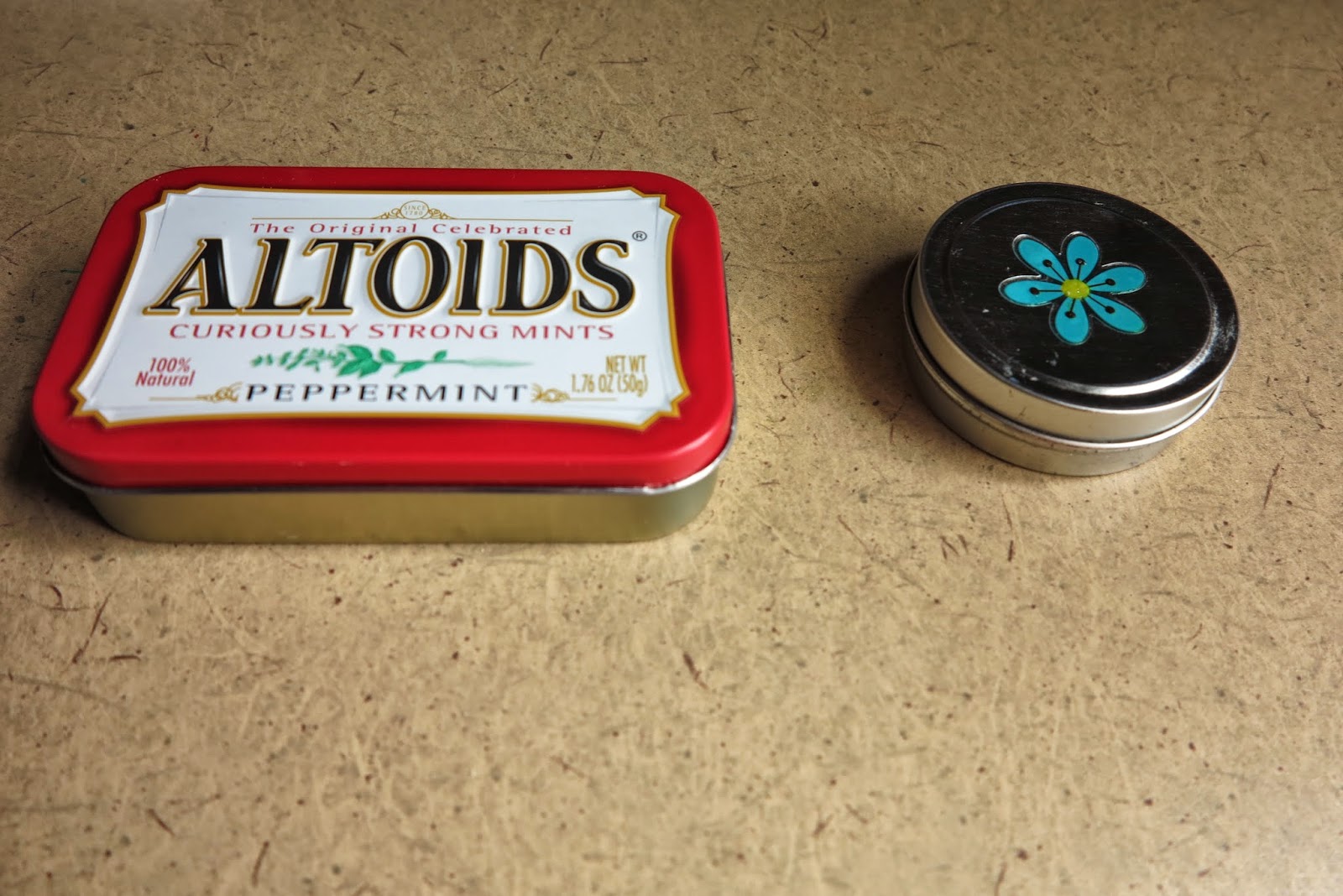Yesterday marked the last day of Sustainability Committee's
Energy Challenge . For a week and a half, we used the Soka Energy Dashboard to measure the energy use of each of the resident hall buildings. The building that reduced its energy use the most during the challenge will get Cha for Tea as a prize!
Read on to find out who won!
 |
| Download to see full size! |
Because the number of residents per hall varies (ranging from 50 to 30), it seemed unfair to decide the winner based on the hall's total use. Obviously, dorms with more people will use more energy. So, we divided the building's total energy use by the number of residents.
We decided it also wasn't enough simply to be the hall with the lowest energy usage per person. (305 was obviously consistently the highest.) The challenge was to use less energy than before. Therefore, the winning hall was the one whose net energy use per person was the lowest--in other words, the hall that was able to reduce its use the most from where it started.
Before we announce the winner,
we'd like to congratulate everyone for their hard work!
 |
| This is per building, NOT per person per building; this ranking has nothing to do with the final winners. |
300 consistently used the most energy all week... but it also reduced its energy use the most. What a bunch of studs.
Almost all halls decreased their total energy use by at least 100 kWh between 4/11/14 and 4/19/14. This resulted in a cumulative 1968.3 kWh saved by all 8 buildings!
This is important not just because it means that someone will win boba on us but because it represents reduced greenhouse gas emissions from energy generation.
To put it into scale...
 |
Source: http://www.epa.gov/cleanenergy/energy-resources/calculator.html
Download for full view! |
Let's save that much energy and avoid that much green house gas emission every week!
And now... the moment you've all been waiting for...
The winner...
of the ENERGY CHALLENGE 2014
is...
Second runner up: 315 with a net energy saving of 1.5 kWh per person
First runner up: 300 with a net energy saving of 1.6 kWh per person
and in 1st place....
310! Congratulations!
Not only did 310 have a low energy use all week, but you guys also reduced you net energy use by 1.9 kWh per person. Nice work!
Sometime after Capstone is over all your Sustainability Committee Chairs have a life again, we'll set a date for your Cha party, guys.
We hope everyone had fun and learned a little more about saving energy. Please comment below with any suggestions for improving this challenge in the future.
-
To keep up to date with Soka's energy use, check out the
Energy Dashboard any time.
username: soka
password: dashboard1






























